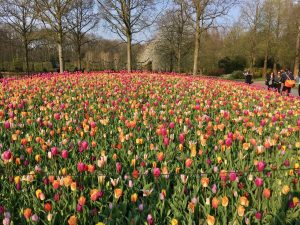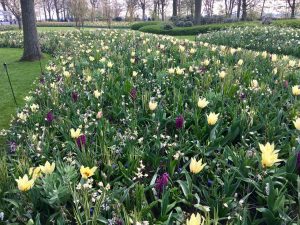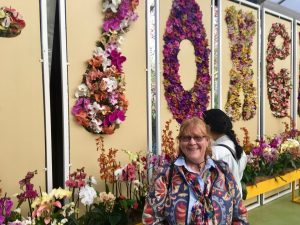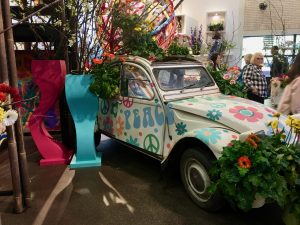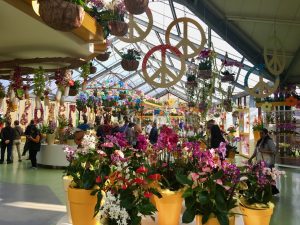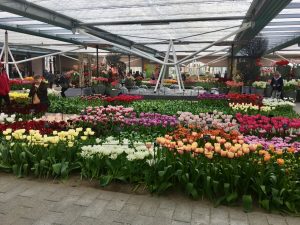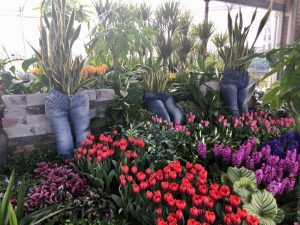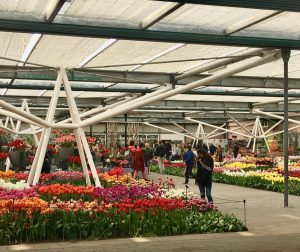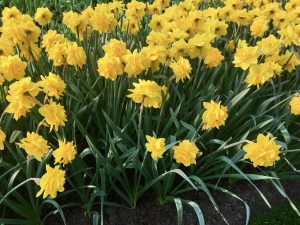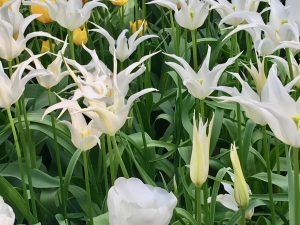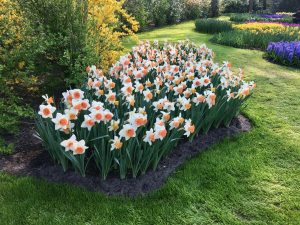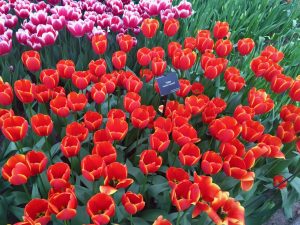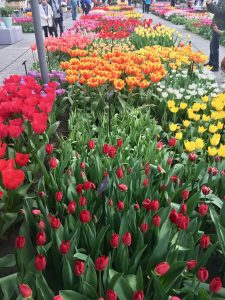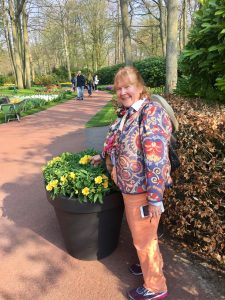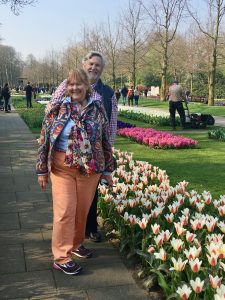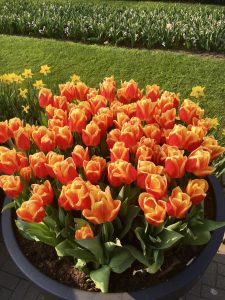Did you know that more than 25% of the country of Netherlands is below sea level and more than 50% of the country lies less than three feet below sea level? Well I didn’t, but it is something that is very apparent when you see all the dikes and waterways around the country.
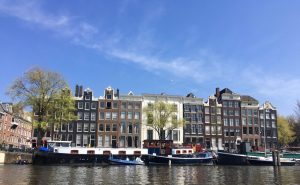
Amsterdam, the capital city, is built entirely on poles driven almost 11 meters into the soil made up of clay and fen (fen is a type of wetland dominated by peat). Furthermore, today’s Amsterdam rests atop 10 layers of ruins (or at least one source I read states).
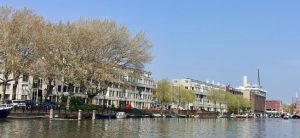
Our first river cruise of this trip started here but we didn’t do much touring in city as the first off-boat excursion was to the Keukenhof gardens (see 4-8-19 Holland at Tulip Time for more info). This time, we are here a full week prior to our second river cruise so we are booked into the Hilton Hotel and just doing whatever we want.
Our first day, after getting all settled into our room, we walked to the Hop on Hop off Bus/Boat tour of Amsterdam.
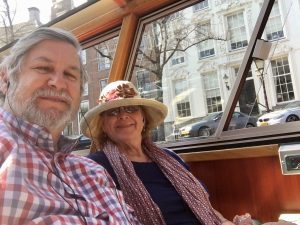
There are two different boat tours of the canals, each lasting over an hour. It seems this ‘Venice’ of the north has over 165 canals and more than 1,200 bridges.
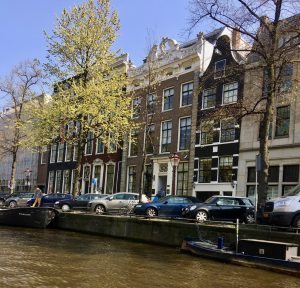
The canals are lined with trees and very typical canal houses or old warehouses from the Golden Age (17th century). Along the way the commentary points out various historic or iconic buildings and generally it was a sunny, relaxing time on the water.
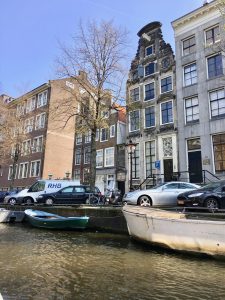
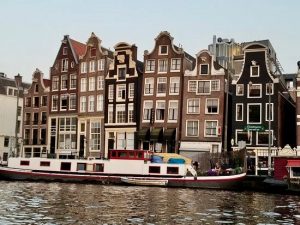
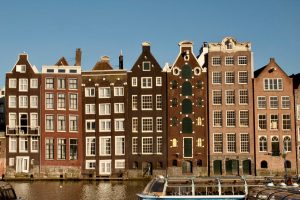
With all the canals, there are approximately 2,500 houseboats. Residents occupy most of them but some are available for rent by visitors.
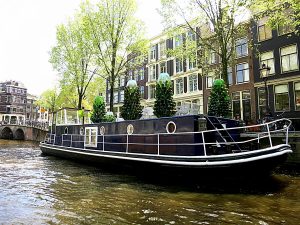
Plus there is one houseboat just for cats, another that is a Museum about Houseboats. These houseboats are not cheap.
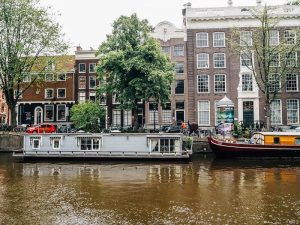
A recent sale of one in good condition one was over a million euros!
Bicycles – there are LOTS of bicycles in Amsterdam and beware the riders.
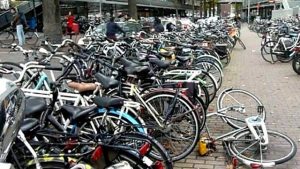
Current estimates indicated there are something like 880,000 of them in the city – and in a city with about 800,00 people. Some estimates say around 60,000 bicycles are stolen each year and literally thousands of them end up in the canals each year.
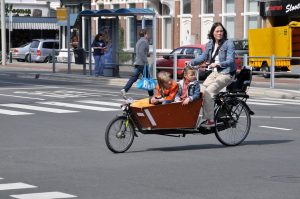
You really have to watch where you are walking or you will end up in a bike roadway and in deep trouble .
Within the City there are a number of museums, but we haven’t ventured into any of them yet – several are part of our upcoming River Cruise agenda and at least one, Rikjs Museum, we are doing when our friends Gloria and Jerry arrive on Sunday and on Monday we are going to the Hermitage. Of course one of the most well known museums is the hidden room of Anne Frank – yes, Diary of Anne Frank fame. This place is by reservation only and it books 2 months in advance – so no chance of that for a visit (although, I admit it wasn’t on my to do list anyway). The Van Gough museum was also sold out for the week.
Over the centuries, many religious buildings have been built in Amsterdam, including a number of important and stunning churches that are still standing today.
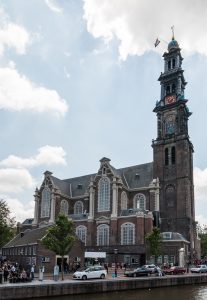

Several of these incredible churches rank among the oldest surviving buildings in the city, whereas others were completed in response to the Reformation in the 17th century.
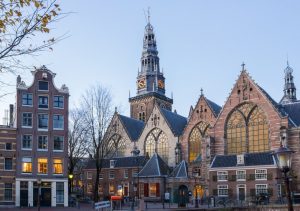
Once we finished the water tour we stopped at the Central station to buy a metro pass.

This pass is good for all buses, trams and even ferry boats, and can be used for outlying areas as well, if you pay extra. We have tried out the 2 5, 7, 12 and 24 tramlines, so far.
We also got a recommendation from the front desk for Janeen to schedule a pedicure and manicure to last through mid-May. While in the nail salon neighborhood, David discovered the “hidden” post offices of Amsterdam, and found postal workers to be informative, happy to help, and the source for most stationery store products.
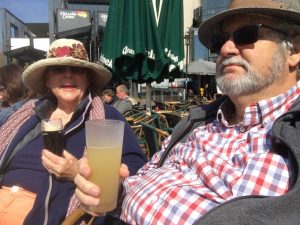
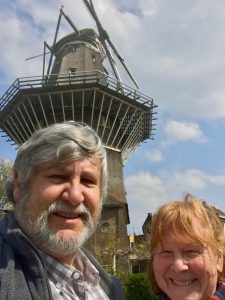
In our strolls out for breakfast coffee, we see green space everywhere, required by the city since the 16th century. The 21st century city plants a tulip bulb for every single citizen of Amsterdam! Add to that, pots of tulips in front of every hotel, parkways planted with daffodils and narcissus, blooming rhododendron, hyacinth, camellia as well as tulips at every flower shop with residential flower boxes spruced up for spring, and Easter will be filled with flowers. All in all a very pretty city.
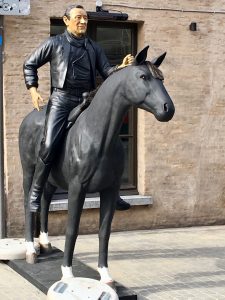
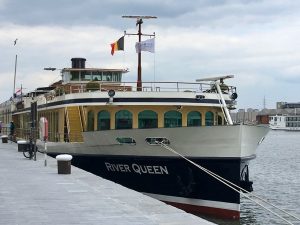
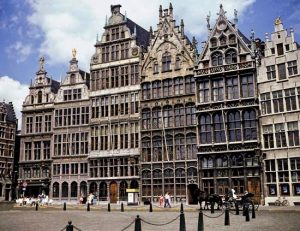

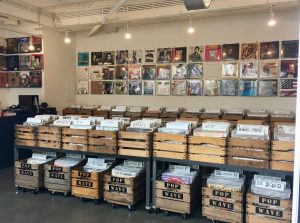
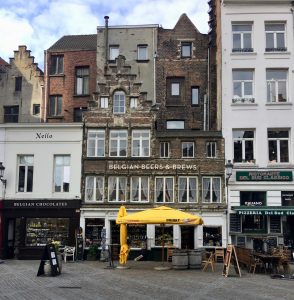
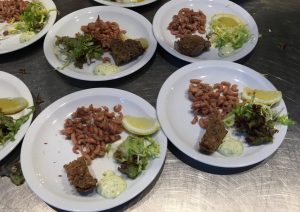
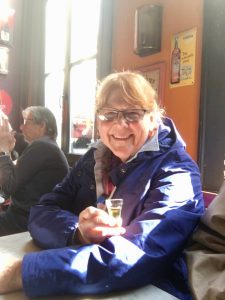

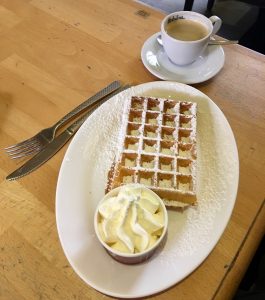
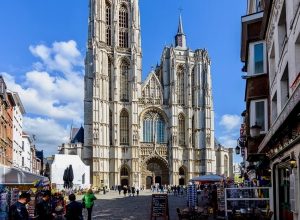
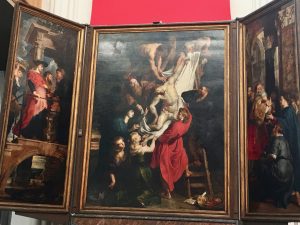
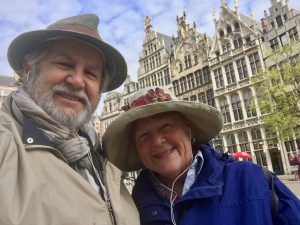
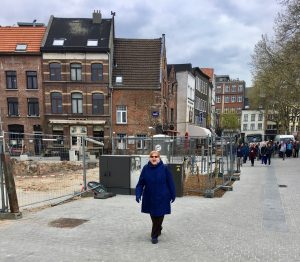

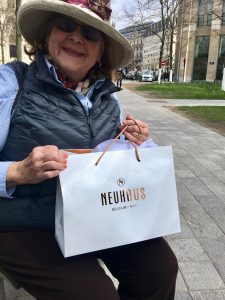
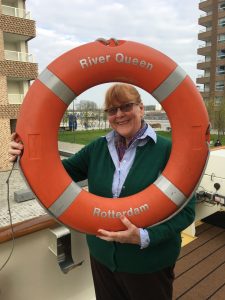
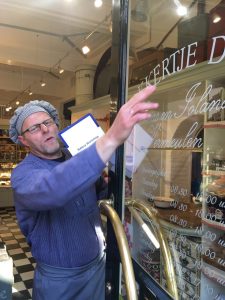
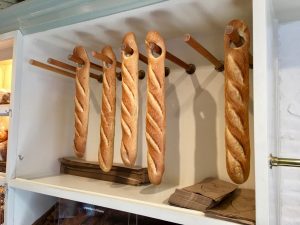
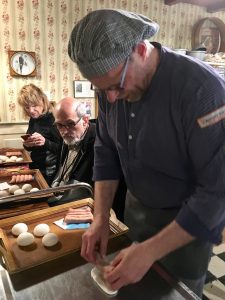
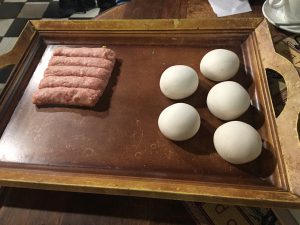
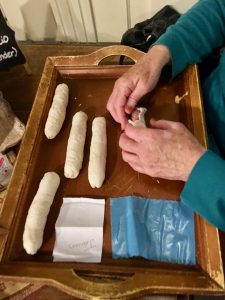
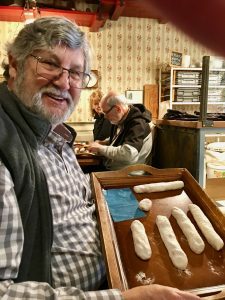
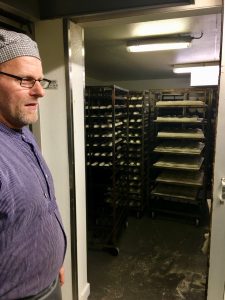
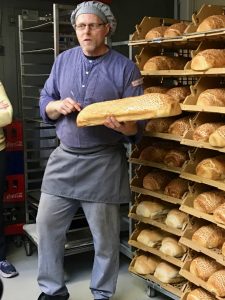
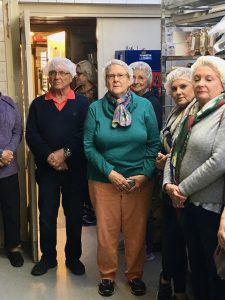
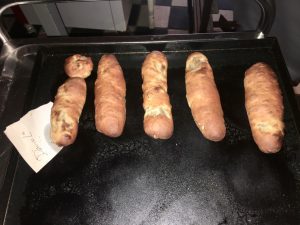

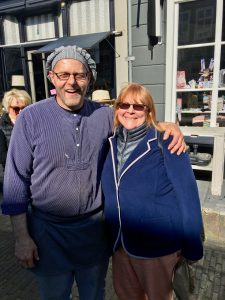
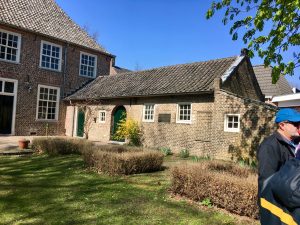
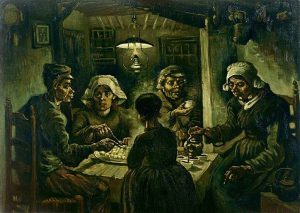
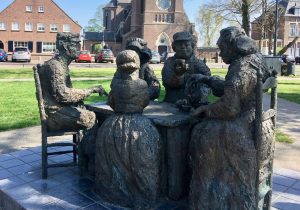
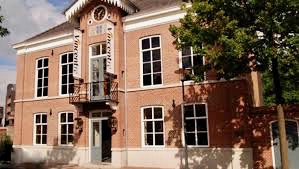
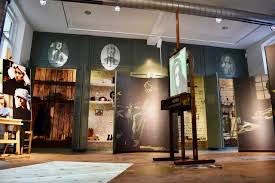
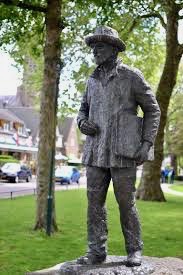

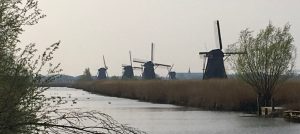

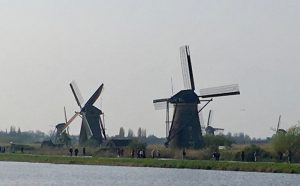
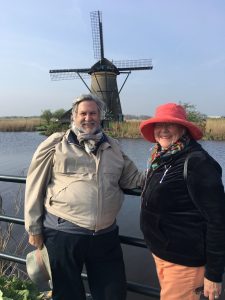
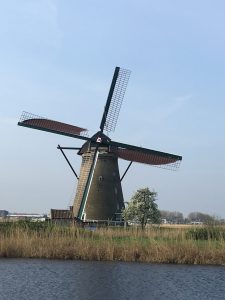
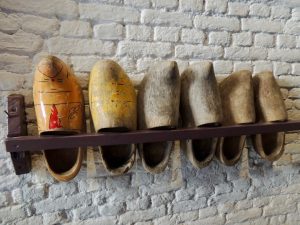
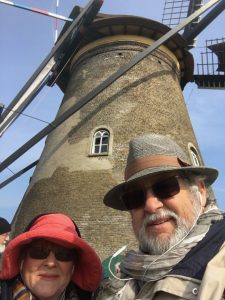
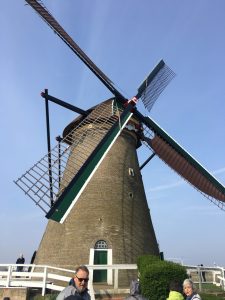
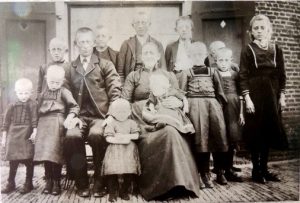

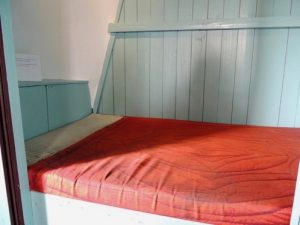
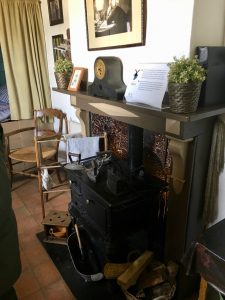
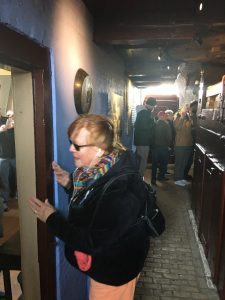
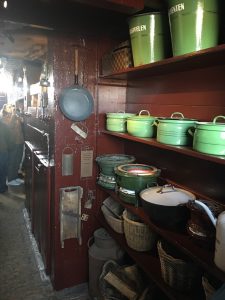
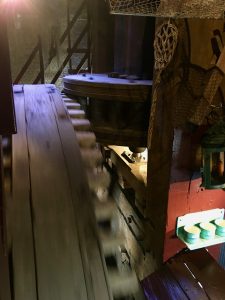
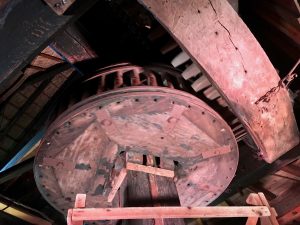
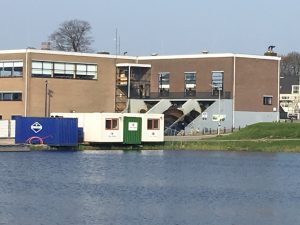
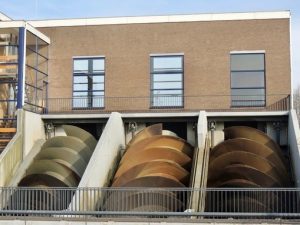
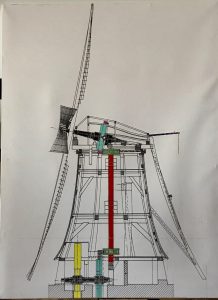

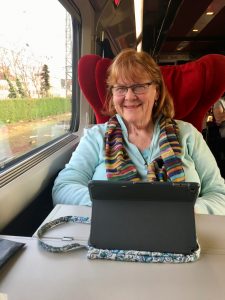
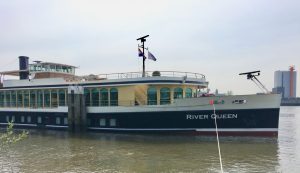
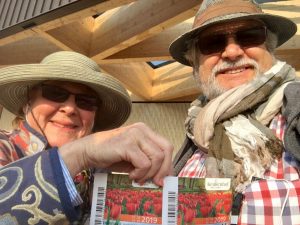 Keukenhof means Kitchen Garden in Dutch but is also known as the Garden of Europe. This is one of the world’s largest flower gardens situated in South Holland about 45 minutes from Amsterdam.
Keukenhof means Kitchen Garden in Dutch but is also known as the Garden of Europe. This is one of the world’s largest flower gardens situated in South Holland about 45 minutes from Amsterdam.